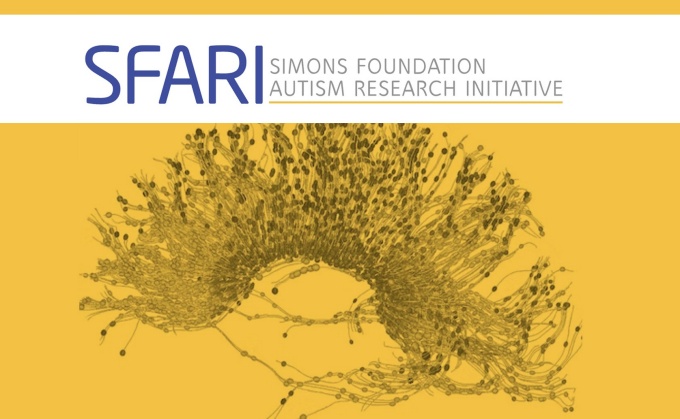UB awarded $1.5 million to study gene therapy for FOXG1 Syndrome

The daughter of Soo-Kyung Lee and Jae Lee, above, suffers from the rare genetic disorder. Credit: Douglas Levere, University at Buffalo
The grant, from the Simons Foundation Autism Research Initiative, could help benefit people suffering from the rare genetic brain disorder
By Mary Durlak
Release Date: April 3, 2023
BUFFALO, N.Y. — A $1.5 million grant has been awarded to University at Buffalo researcher Soo-Kyung Lee to study the rare neurodevelopmental disorder FOXG1 Syndrome. Lee, Empire Innovation Professor and Om P. Bahl Endowed Professor in the Department of Biological Sciences, received the award from the Simons Foundation Autism Research Initiative on March 23.
“I am humbled and honored to receive this grant,” said Soo-Kyung, “and we hope to find a way to alleviate symptoms in people with FOXG1 Syndrome or other disorders in which FOXG1 plays important roles, such as autism spectrum disorder and schizophrenia.”
The grant will fund a three-year study – “Development of therapeutics for FOXG1 syndrome using patient-specific human iPSC and mouse models” – to investigate possible therapies to mitigate FOXG1 Syndrome. It’s a genetic disorder on which Soo-Kyung and Jae W. Lee, also a UB scientist, have focused their research since their daughter Yuna was diagnosed with it at 2 years old.
FOXG1 Syndrome is caused by a spontaneous mutation in the FOXG1 gene, which is a critical gene for forebrain development. Symptoms can range from autism (considered a less severe effect) to nonverbal, non-ambulatory symptoms that may be accompanied by seizures and feeding problems as well as developmental delays.
Soo-Kyung and Jae had focused their earlier research on master regulator genes – Jae in metabolism and diabetes, and Soo-Kyung in brain development. FOXG1 is a master regulator gene that regulates all the other developmental processes that allow for normal forebrain development – development of the cortex, the hippocampus, the striatum, and the corpus callosum, which connects the left and right brain.
“We didn’t have much hope for gene therapy in the beginning,” said Jae, UB professor of biological sciences.
Unexpected breakthrough
With previous funding from the National Institutes of Health and the FOXG1 Research Foundation – a global organization accelerating research to cure the syndrome and related neurological disorders – the Lees have deepened their understanding of the mechanisms of FOXG1. They realized that the gene continues to function after birth, which gave them hope.
Then they had an unexpected success with viral gene therapy – a way of providing potentially beneficial restoration of FOXG1 levels – in mice with FOXG1 Syndrome. Such mice show symptoms that replicate the symptoms in humans, including symptoms of autistic disorders that affect learning, memory, social interaction ability and movement.
Last year, the researchers took the gene therapy vector encoding a properly functioning FOXG1 protein and injected it into a strain of mice born with FOXG1 Syndrome. The mice received the gene therapy postnatally when they were one day old. The results astonished the Lees.
“We were able to rescue functions,” said Jae. “They behaved like normal mice.”
Results to date suggest that, done early enough, even structural deficiencies can be mitigated. The aim of the funded research is “really a deep analysis of what is going on so that we can develop effective and safe therapeutic strategies,” said Jae.
Four strains of mice with FOXG1 Syndrome with varying degrees of severity will be used to explore how the gene therapy affects them if it is administered postnatally. Researchers will look at its effects on brain structure, cells, behavior and how long after birth the potential for therapeutic benefit exists.
“We know we cannot go back and undo the damage to people who have this condition,” said Jae. “But we are interested in any modifications to the effects of the disease that may increase patients’ quality of life. Now, of course, we hope that our daughter may benefit from it, along with other people suffering from disease.”
Media Contact Information
Media Relations (University Communications)
330 Crofts Hall (North Campus)
Buffalo, NY 14260-7015
Tel: 716-645-6969
ub-news@buffalo.edu

Simons Foundation Autism Research Initiative (SFARI)
